
Subaru Forester Estate (2013-2019) engines, drive and performance
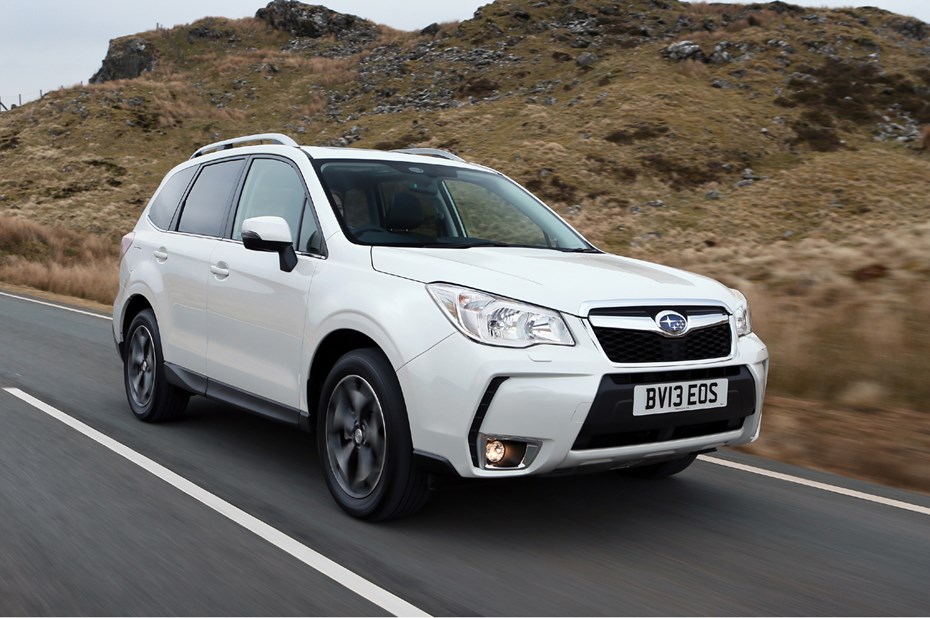
There’s a choice of three engines: two petrol and one diesel. All three engines are 2.0-litre, four-cylinder units. They’ve already seen service in the previous Forester, but have been fettled for improved fuel economy and emissions for this generation.
Diesel engine
You’ve got a choice of six-speed manual and CVT automatic gearboxes – Subaru calls these Lineartronic. With the help of a turbocharger, the engine develops 147hp and takes the Forester from 0-62mph in 9.9 seconds.
It’s flexible on the road, happy to lug along without the need to change gear too much to make progress. The six-speed manual ’box itself is nice to use, with a notchy but precise action reminiscent of other Subarus such as the Impreza and BRZ.
We haven’t tried the CVT gearbox in the diesel Forester yet, but it’s a good fit in other Subaru models so it should be a similar story in this car.
Petrol engines
The petrol line-up begins with a 150hp unit with start/stop, which can take the car from 0-62mph in 10.6 seconds and on to a top speed of 118mph. It’s available with either a six-speed manual gearbox (the last Forester had five speeds) or Subaru’s Lineartronic CVT automatic option.
The latter blunts the car’s acceleration (11.8 seconds to 62mph) and makes progress a noisy affair as the CVT setup means the revs rise for prolonged periods under acceleration. It’s a helpful set-up to have if you plan on going off-road however, as it includes Subaru’s ‘X-Mode’ system – which we’ll cover later.
The best Subaru Forester performance figures belong to the Direct Injection Turbo (DIT) petrol engine. Available exclusively in Forester XT models, this develops 240hp and pushes the car from 0-62mph in 7.5 seconds. Top speed is 137mph and there’s 350Nm of torque on tap, which makes it a pretty potent machine for overtaking – it’s a very quick car.
It’s available with the Lineartronic CVT gearbox only, which feels better suited to the more powerful turbocharged petrol engine than the lower-powered one.
The Forester strikes a good balance between on- and off-road ability. On the tarmac, there’s much less body-roll than you might anticipate from a high-riding 4x4. This makes the car nicer to drive on twisty roads and means your passengers won’t get thrown around too much either.
This is thanks partly to the engine’s low position in the car, giving the Forester a lower centre of gravity than many off-roaders.
The steering is very light, maybe too light for some drivers’ tastes, but is direct and makes the car easy to drive around town – and easy to place on a twisty road.
The ability to handle adverse driving conditions is an important selling point for the Forester. It’s a much better off-road proposition than many other SUVs out there that have the look but not the ability – it’s a surprisingly effective off-roader.
Lineartronic automatic versions are fitted with Subaru’s ‘X-Mode’ system, which puts the engine, gearbox and traction control system into a setting designed to help with off-road driving.
Throttle response is dampened, the traction control becomes more sensitive and a hill descent control function is enabled below speeds of 12mph, keeping the car under control when driving down steep slopes.
A graphic on the display screen lets you know what the system’s up to and shows the angle of the front wheels, which is helpful if you’re not sure which way they’re pointing when they’re spinning on mud, for example. It’s important to know where you’ll end up when the tyres gain some traction.



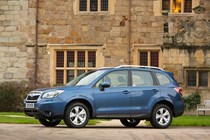
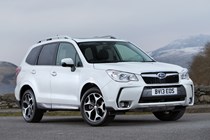
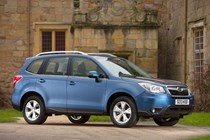
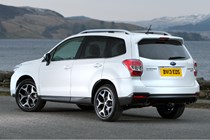
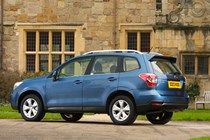

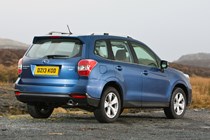
.jpg)
.jpg)
.jpg)
.jpg)
.jpg)
.jpg)
.jpg)
.jpg)
.jpg)
.jpg)
.jpg)
.jpg)
.jpg)
.jpg)
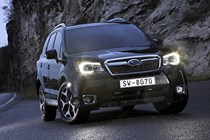
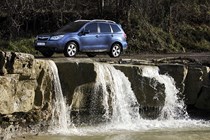
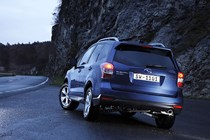

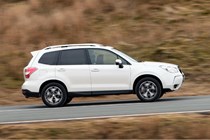
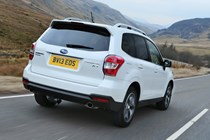

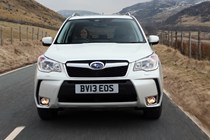
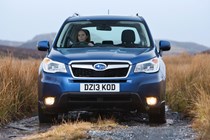
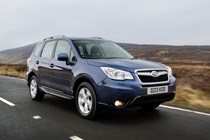
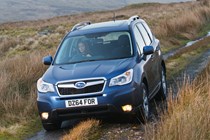
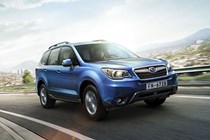
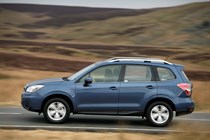
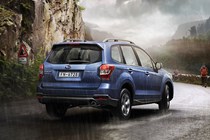

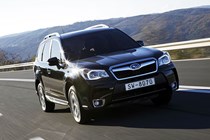

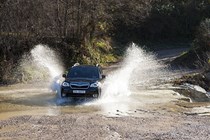

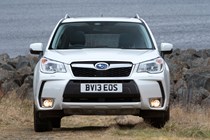
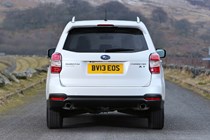
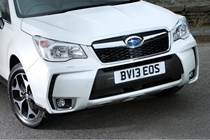
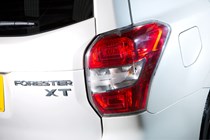
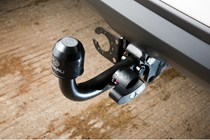
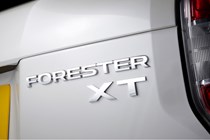

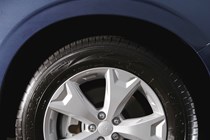
.jpg)
.jpg)
.jpg)
.jpg)
.jpg)
.jpg)
.jpg)
.jpg)
.jpg)
.jpg)
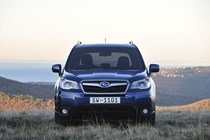
.jpg)
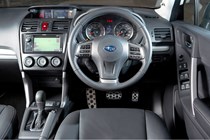
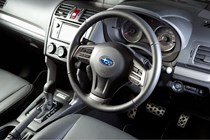
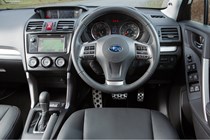
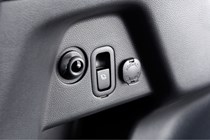
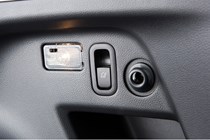
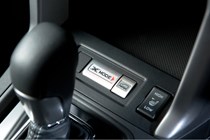
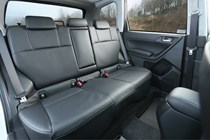
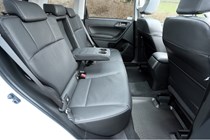
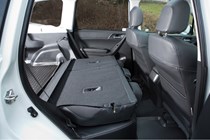
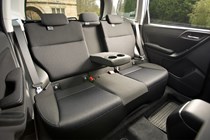

.jpg)
.jpg)
.jpg)
.jpg)
.jpg)
.jpg)
.jpg)
.jpg)
.jpg)
.jpg)
.jpg)
.jpg)
.jpg)
.jpg)
.jpg)
.jpg)
.jpg)
.jpg)
.jpg)
.jpg)
.jpg)
.jpg)
.jpg)
.jpg)
.jpg)
.jpg)
.jpg)
.jpg)
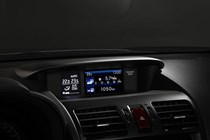

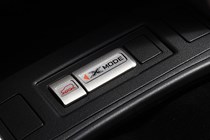
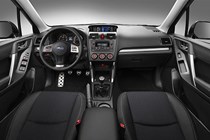
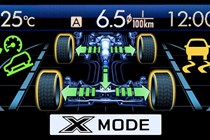
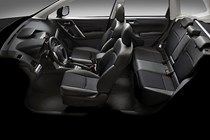
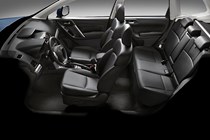

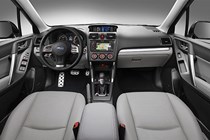

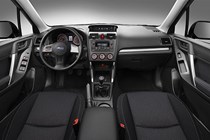
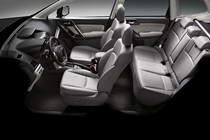
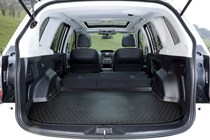
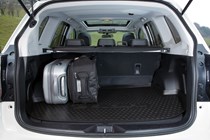
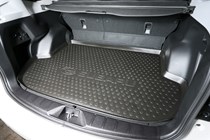

.jpg)
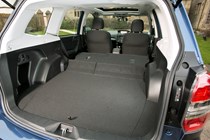
.jpg)
.jpg)
.jpg)
.jpg)
.jpg)
.jpg)


.jpg)
.jpg)
.jpg)
.jpg)
.jpg)








.jpg?quality=50)
.jpg?quality=50)
.jpg?quality=50)
.jpg?quality=50)
.jpg?quality=50)
.jpg?quality=50)
.jpg?quality=50)
.jpg?quality=50)
.jpg?quality=50)
.jpg?quality=50)
.jpg?quality=50)
.jpg?quality=50)
.jpg?quality=50)
.jpg?quality=50)



























.jpg?quality=50)
.jpg?quality=50)
.jpg?quality=50)
.jpg?quality=50)
.jpg?quality=50)
.jpg?quality=50)
.jpg?quality=50)
.jpg?quality=50)
.jpg?quality=50)
.jpg?quality=50)

.jpg?quality=50)











.jpg?quality=50)
.jpg?quality=50)
.jpg?quality=50)
.jpg?quality=50)
.jpg?quality=50)
.jpg?quality=50)
.jpg?quality=50)
.jpg?quality=50)
.jpg?quality=50)
.jpg?quality=50)
.jpg?quality=50)
.jpg?quality=50)
.jpg?quality=50)
.jpg?quality=50)
.jpg?quality=50)
.jpg?quality=50)
.jpg?quality=50)
.jpg?quality=50)
.jpg?quality=50)
.jpg?quality=50)
.jpg?quality=50)
.jpg?quality=50)
.jpg?quality=50)
.jpg?quality=50)
.jpg?quality=50)
.jpg?quality=50)
.jpg?quality=50)
.jpg?quality=50)
















.jpg?quality=50)

.jpg?quality=50)
.jpg?quality=50)
.jpg?quality=50)
.jpg?quality=50)
.jpg?quality=50)
.jpg?quality=50)


.jpg?quality=50)
.jpg?quality=50)
.jpg?quality=50)
.jpg?quality=50)
.jpg?quality=50)